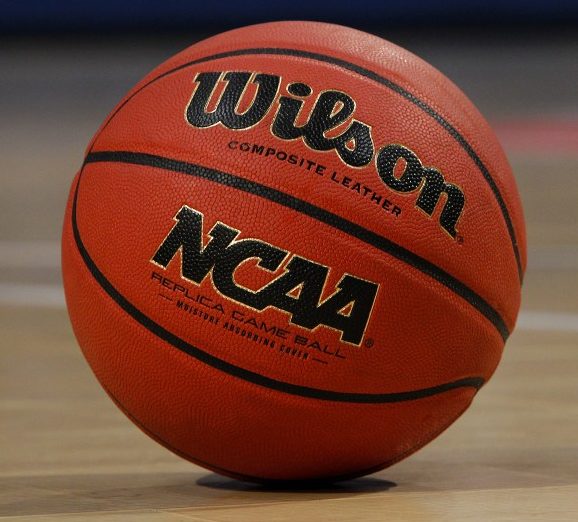
Compensating College Athletes For the Use of Their Name, Image and Likeness: The College Faculty Model
Whether college athletes should be able to be paid by third parties (such as a shoe company like Nike) for the use of their name, image, and likeness (“NIL”) has become a popular topic in the college athletics world. Much of the discussion surrounding the issue arose after the NCAA announced it was creating a working group to study the issue, and to potentially recommend a model for how college athletes can be paid for their NIL rights.
One model that was recently proposed by LEAD1, an organization that represents the athletics directors of the 130 universities that play FBS football, is to handle payments for NIL rights the same way universities handle payments for intellectual property created by their faculty. At most universities, when a faculty member invents something through significant use of university funds or facilities the intellectual property rights to the invention are considered the property of the university. And any income derived from these inventions is then shared between the university and the faculty member who created the invention. LEAD1 suggested that the situations between college athletes and college faculty are similar, because both the athletes and the faculty inventors are using the assets of the university to their advantage: the athlete to build his or her personal brand and the faculty member to build his or her invention.
Even if you don’t agree with LEAD1’s comparison, the proposal to create a NIL model with revenue sharing between athletes and their universities is interesting and one that the NCAA working group will likely explore. But how would such a model work? In an explanation of its proposal, LEAD1 used Zion Williamson as an example of how a college athlete successfully used his platform as a college athlete to successfully grow his brand. So for purposes of examining how a revenue sharing model with college athletes would work, let’s use Duke’s faculty revenue sharing regulations as a guide.
Under Duke’s regulations, when distributing income derived from a faculty member’s invention the amount that goes to the faculty member varies based on the amount of income received. For income from $0 to $500,000, fifty percent goes to the faculty member, ten percent goes to the faculty member’s laboratory, ten percent goes to the faculty member’s department, and thirty percent goes to the school of the faculty member’s primary appointment. For any income from $500,000 to $2,000,000, those percentages change to thirty-three percent for the faculty member, fifteen percent for the laboratory, fifteen percent for the department, and thirty-seven percent for the school of the primary appointment. And for income of $2,000,000 and higher, the faculty member’s percentage drops to twenty-five percent, the laboratory and the department each get fifteen percent, the faculty member’s school gets thirty-five percent, and ten percent goes to a fund that provides support for graduate and post-doctoral research.
For purposes of this analysis, we’ll assume that Duke’s men’s basketball program is the equivalent of a faculty member’s laboratory, that the Duke athletic department is the equivalent of the faculty member’s department, and that Duke as a whole is the equivalent of the school of the faculty member’s primary appointment. It’s been estimated that Zion will sign a shoe deal that will pay him around $9-$10 million annually. Using the high end of this estimate as a proxy for a deal that Zion may have signed during or following his freshman season at Duke, and assuming that Zion stayed for his sophomore season, Duke’s regulations would result in the following revenue split:
Zion: $2,745,000
Duke Men’s Basketball Team: $1,475,000
Duke Athletic Department: $1,475,000
Duke: $3,505,000
Graduate and Post-doctoral fund: $800,000
As the numbers show, Duke would end up with a majority of the revenue using its current faculty regulations. But, assuming they are allowed, most NIL rights deals with college athletes would be much less than the assumed $10 million Zion deal, and the athlete would end up with the majority of the revenue. For example, with a $10,000 NIL rights deal the athlete would receive $5,000, the team and athletic department would each receive $1,000, and the school would receive $3,000.
It remains to be seen what type of model, if any, the NCAA’s working group proposes. But, because universities are already experienced in and comfortable with the concept of revenue sharing with their faculty, a similar model for college athletes may be one of the more likely proposals. Whatever model the working group proposes, a host of other legal issues for the athletes and the universities will likely follow, including compliance with NCAA legislation, contract drafting, and tax issues.
For more information, please contact:
Mit Winter – Attorney
KENNYHERTZ PERRY, LLC
2000 Shawnee Mission Pkwy, Ste. 210
Mission Woods, KS 66205
Direct: 816-527-9442
Fax: 855-844-2914
[email protected]
www.kennyhertzperrycom
*The choice of a lawyer is an important decision and should not be based solely upon advertisements.
